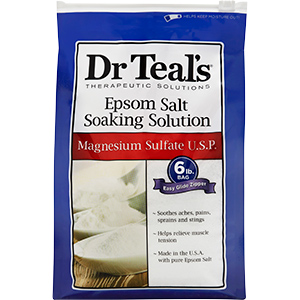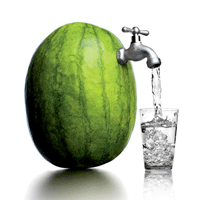The other day I went for a massage. It was MUCH needed after 6 weeks of traveling with my kids and lots of lifting, sitting and flying. My body was full of aches and pains. The therapist I saw was an interesting guy from China who, upon noticing that my hands and feet felt cold, and my neck and shoulders very tense, had some recommendations for me. He suggested a warm morning drink made with water, dried longan fruit, red date and ginger, explaining that it’s a common drink for Chinese women to improve circulation and help with relaxation. I’m game to trying anything that is natural and helps with relaxation! Since I was already in the Inner Richmond district of San Francisco, home to a large Chinese community and many great Asian markets, I decided to pick up the ingredients straight away and give the concoction a try.
At the market, I discovered that dried longan fruit is also known as Long Yan Rou and is closely related to the lychee. And, Red Dates are actually just another name for jujubes. This new drink was sounding better and better! Adding ginger to my water is something I already enjoy (more on that in a future post) but the other two ingredients were new to me and I really had no idea how to prep them for water. Both the dried fruits are the consistency of Medjool dates….so, I assumed that some soaking was in order but was certainly open to more guidance on this.

A Google search for ideas on how to make this enticing drink, as well as more information on the properties of each ingredient was in order. First, I researched each ingredient on Wikipedia to find out more about the medicinal properties. Here’s what I learned:
Red Dates: Commonly called jujubes, Chinese dates, Korean dates, or Indian dates are a species of Ziziphus in the buckthorn family (Rhamnaceae). The fruit and its seeds are used in Chinese and Korean traditional medicine, where they are believed to alleviate stress. In addition to this they are used for many other purposes, including anti-fungal, anti-bacterial, anti-ulcer, anti-inflammatory and their wound healing properties.
Longan Fruit: One of the better-known tropical members of the soapberry family (Sapindaceae), to which the lychee also belongs. In Chinese food therapy and herbal medicine, the longan is believed to have an effect on relaxation. The longan, much like the lychee, it’s thought to give internal “heat”.
Ginger: A flowering plant (Zingiber officinale) whose rhizome, ginger root or simply ginger, is widely used as a spice or a folk medicine. Ginger is one of the oldest and most versatile medicinal foods and in China it’s been used by healers for thousands of years. Traditional Chinese medicine holds that ginger “restores devastated yang” and “expels cold”. Ginger has many believed uses including reducing muscle soreness and inflammation, alleviating nausea and helping digestion.
Now that I better understood the ingredients, I was ready to use them! I didn’t find much when I Googled this exact combination, but I did find many recipes with ginger and red dates, many of which included goji berries. The closest recipe I found was on a lovely blog called A Beautiful Day and I used this recipe as my reference, omitting the pear and pine nuts.
Here is what I added to 10 cups of filtered water:
25 dried red dates, pitted and sliced
10 dried longans
2 inch chunk of peeled ginger, sliced thinly
After prepping, boiling, simmering for an hour, and finally straining, my drink remedy was ready! I let it cool to a lukewarm temperature and then gave it a try.
It was quite interesting and, based on the profile of the ingredients, more medicinal tasting than I expected, . Right away, I could see why the recipe on A Beautiful Day called for pear because the drink had a bit of a bitter quality and needed something a little sweet to offset this. I added a tiny bit of honey and it became much more enjoyable to drink. I found it very soothing and cozy. It reminded me of Traditional Medicinals Throat Coat Tea, which for years has been a favorite product of mine and something I always have on hand.
I’ve now been enjoying this medicinal water for a few days and have tried it both warm and cold (the batch I made yielded enough for at least one cup daily for a week). I definitely prefer it more as a warm tea-type beverage. And, while I don’t know if it has had any true efficacy on my health, it’s something I’m glad I tried and will make again. It was fun to experiment with new-to-me ingredients that have so many believed healing properties.























